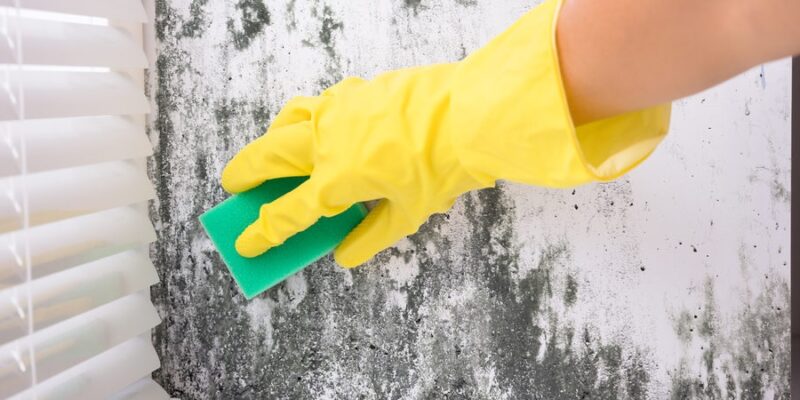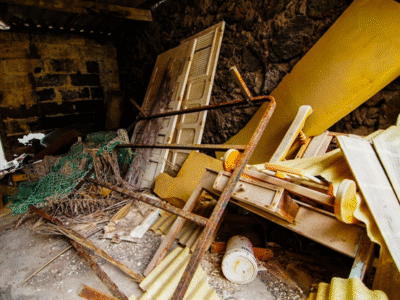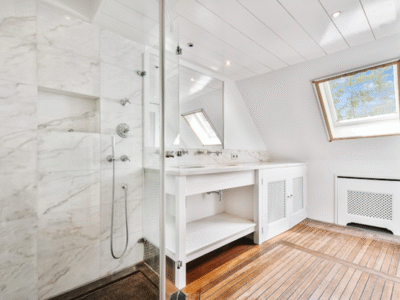Mold seriously damages property and poses health risks if left unchecked. Killing and removing mold completely is crucial but isn’t always straightforward. Many mold-killing solutions have downsides. This has led to growing interest in using ozone as an alternative treatment.
Pros of ozone for mold removal
- Rapidly kills mold
Ozone destroys mold in as little as 20-30 minutes when applied correctly. This allows mold to be eliminated quickly before it spreads. Ozone works much faster than methods like biocides which may take repeated applications over weeks.
- Penetrates porous materials
Unlike liquids that only treat exposed surface mold, ozone gas penetrates porous materials like drywall, wood, and fabric to kill mold present internally. This allows ozone to destroy hidden mold colonies.
- Minimal damage to contents
Many chemicals that kill mold also damage items in the treatment area. Ozone destroys mold through oxidation without causing cosmetic damage to contents like furniture, electronics, and valuables. DamageControl of Orlando emergency responders are on-site, assessing the situation and implementing necessary measures to mitigate further damage
- Chemical residues
Ozone naturally converts back into regular oxygen within hours after application. It doesn’t leave any lingering chemical smells or residues to irritate people or materials like some antimicrobials used against mold.
- Environmentally friendly
Ozone doesn’t contain volatile organic compounds, chlorine, or other hazardous ingredients. It breaks down into oxygen without releasing pollutants into occupied spaces. Ozone avoids many of the health and environmental risks of chemical mold treatments.
- Prevents mold from returning
Ozone not only kills existing mold but also provides some ongoing residual disinfection. Treated areas become inhospitable environments for new mold growth and spore activation. This prevents recurrence.
- Kills odors
By killing mold and neutralizing the musty microbial volatile organic compounds mold releases, ozone effectively eliminates moldy and mildew odors along with the contamination itself.
- Multi-purpose disinfectant
In addition to mold, ozone also kills bacteria, viruses, dust mites, and other contaminants. Using ozone gives a space broad-spectrum disinfection with one treatment.
Cons of ozone for mold remediation
Despite these advantages, ozone also has some drawbacks to consider:
- Doesn’t fix moisture sources
Ozone kills existing mold but doesn’t address leaks, high humidity, and dampness that allow mold to grow in the first place. Stopping moisture issues is still required for a complete solution.
- Worsen respiratory problems
Inhaling high concentrations of ozone irritates the lungs and worsens conditions like asthma. Only trained professionals should handle ozone applications.
- May damage rubber and plastics
While ozone doesn’t damage most materials, extended exposure degrades rubber, latex, and certain plastics. Susceptible items should be removed before treatment.
- Produces byproducts if over-applied
Excessive ozone levels and runtimes generate formaldehyde, nitric acid, and other irritants that negate ozone’s green benefits. Monitoring and moderation are essential.
- Doesn’t work as quickly on heavy growth
While ozone kills surface mold rapidly, penetrating dense colonies growing inside walls may take longer. Severe infestations may need several repeat ozone treatments over multiple days.
- Requires proper training
Improper use of ozone like inadequate containment or excessive concentration creates risks. Specialized expertise is required to apply ozone safely and effectively.
- Not a standalone solution
Like any mold treatment, ozone works best as part of a broader mold remediation plan including repairs, containment, occupant relocation, post-testing, etc.







Comments